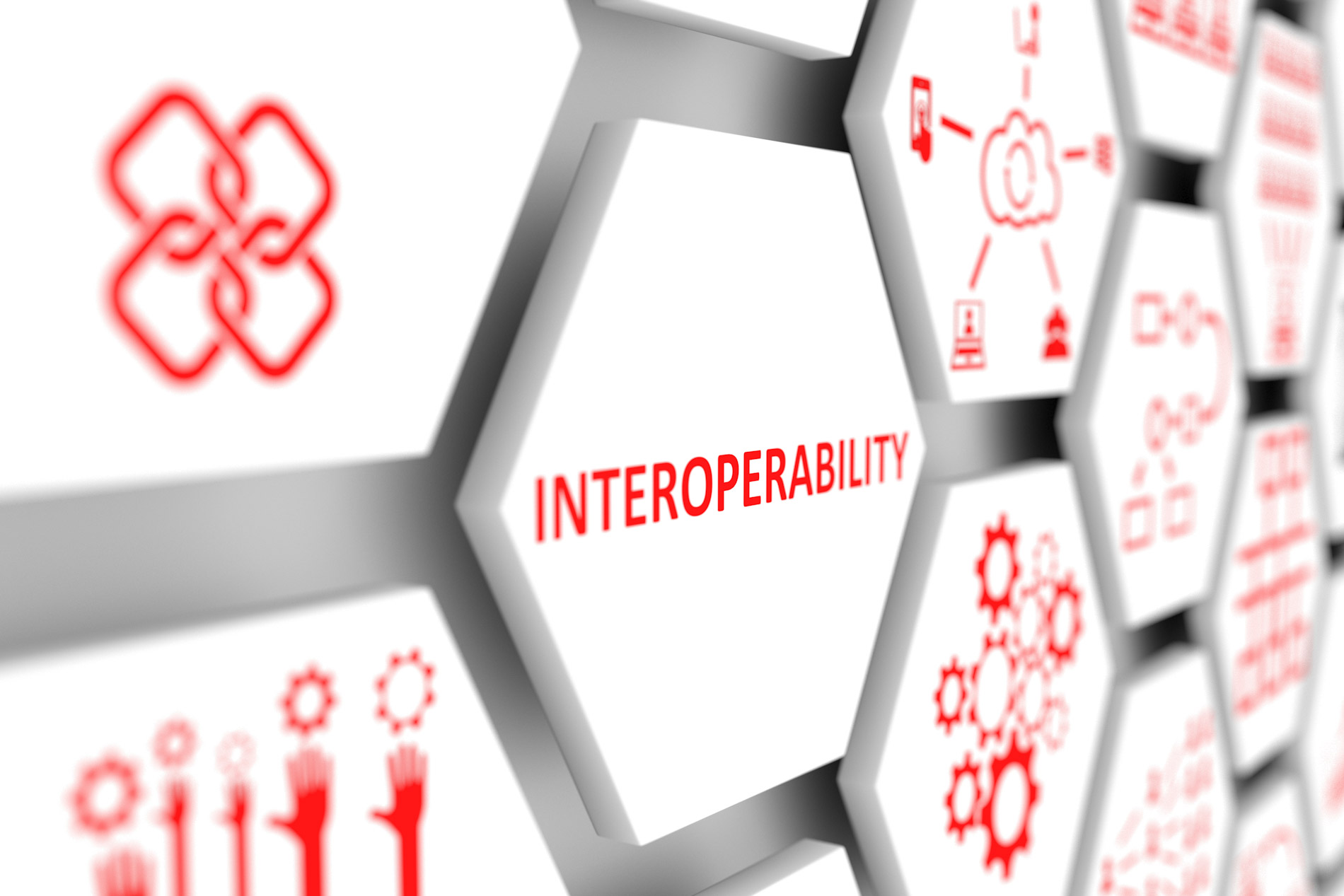
Semantic interoperability is a collection of technologies that enables computer systems to communicate and exchange data with unambiguous, shared meaning. Semantic interoperability lies at the heart of IoT. It helps drive down the cost of integrating subsystems and it is also a core requirement for the future creation of autonomous operations in IoT.
This tutorial provides an overview of semantics, applied to IoT and how using ontology can considerably enrich IoT applications and use cases. It will explore the value of understanding semantic interoperability and the opportunities this creates. The tutorial has been split in sequences starting with an overview of the ontology engineering and the main concepts and languages used in the semantics domain.
This tutorial provides an overview of semantics, applied to IoT and how using ontology can considerably enrich IoT applications and use cases. It will explore the value of understanding semantic interoperability and the opportunities this creates. The tutorial has been split in sequences starting with an overview of the ontology engineering and the main concepts and languages used in the semantics domain.
To acquire more specific knowledge of IoT Semantics added value in IoT applications development using oneM2M common service layer, don’t miss the upcoming IoT Semantics Tutorial Part 2 Webinar on June 24, 2021
As a complement to this IoT Semantics Tutorial courses, a Tutorial on oneM2M standards for IoT Developers has also been developed by ETSI and oneM2M International expert community in the context of the InDiCo project which can be found on the oneM2M YouTube channel.
As a complement to this IoT Semantics Tutorial courses, a Tutorial on oneM2M standards for IoT Developers has also been developed by ETSI and oneM2M International expert community in the context of the InDiCo project which can be found on the oneM2M YouTube channel.